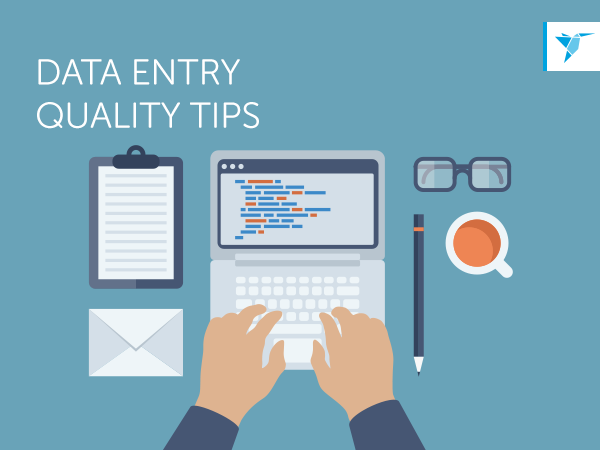Do you have any idea to trigger sale online?
Why am I asking to target online sale- It’s not an uphill climb to anticipate about.
It’s an exhausting range of online searches that occurs every day. Roughly, 3.8 billion people stuck around the internet daily in 2016. Being lucky to have a quick penetration, the internet community could witness more than 2 trillion Google searches per day in 2019. The Internet Live Stats’ Live Map claims that nearly 5.5 billion searches take place per day. Astoundingly, this leading search engine answers more than 63,000 queries per second.
Business Intelligence:

The statistics are impressive enough to understand the relationship of online searches and sales. You can easily comprehend it through data analytics-the analytics of your audience data. This analytics assists in making decisions upon observing the opportunities. The experienced data analysts delve in the business intelligence, which comprises strategies and technologies configuring data analysis of business information. The technologies, like data extraction and capturing through Python, provide historical and current views of business operations. The rest is analytics, which tools such as Google Analytics or SEMrush or Ahrefs do like a walkover. Eventually, business intelligence comes into play.
However, business intelligence and data analytics differ from each other. But, they are closely interrelated. You can treat them the both sides of the same coin.
Let’s go through the rundown of the steps to build business intelligence through data analytics.
1. Set Clear Goals:
This is the foremost step in creating intelligence. The sales team should have a crystal clear idea of what certain goals it needs to achieve. These ideas can be anything, from increasing sales to upselling or cross selling, or improving UX or, any other goal. This understanding sets a précised path to walk on.
For example- the marketing experts establish goals first, before running an Adwords ad campaign. The campaigner sticks around the main goal, which can be lead-generation, eCommerce, brand building, or cross-selling. Then, he furthers the ad making and settings.
Let’s say, you want to create visibility of your data entry profile. During goal setting, define the goal clearly, i.e. enhancing traffic or visibility. At the end, link the fully optimized landing page, which exhibits the premier quality of your work. It can be any blog or article, echoing something like this example-“Metrics to map quality of your data entry projects”. If you choose a link pointing at the page consisting of a contact form or inquiry form, you will be in the wrong direction. Visibility, i. e. your actual goal, is different from the lead generation, which you have wrongly hyperlinked.
Rather than misguiding, stick to your end goal. Analyse this goal beforehand.
2. Customer persona:
Ideally, you should have enough statistics about your target audience. It is just to ensure the exact knowledge of customer’s persona, as what do your ideal customers do, where do they do it, when are they actively searching and on what device.
Almost all paid and unpaid analytical tools can help you to extract these statistics. Even if you interact with the Live Chat, the pan communication can be visible on the analytical charts. Finally, you come across a visual database of your visitors. Deriving sales intelligence by mapping satisfaction, chat duration, response time, availability, transaction, surveys and grievances becomes no big deal.
3. Conduct research:
Once you have analyzed personas, you need to discover your customers’ intentions, preferences and pain points. Just run through the analytical data. This business research will require no sweating. Emphasize on including the pain points and highlight the edges that your services/products mark on others.
The keyword planner tool, for example, can easily reveal what people are searching for in the scope of your products/services. Moreover, you can discover cost, competition and volume for search terms at any stage of your sales funnel.
4. Campaigning & Tracking:
Integrate the sales intelligence, which you have derived through research, into ads. Set your budget to bid for. Before that, create different ads with the same keywords. Keep into account the norms, as minimum form fields or, focus on benefits instead of only benefits or, high-quality images or, CTA and optimization. Even, you can check its viability through A/B testing.
5. Marketing Plan:
The deep analysis of these campaigns will bring you closer to conversion. Build your marketing strategies in the frontline as early as possible. In the digital marketing era, the execution of marketing plan depends on the combined efforts of search engine optimization team and content developers.
The implementation of this funnel enables you to achieve the preset goals. However, the accuracy of the outcome will depend on the quality of data and its analysis. Drill into your head that inaccurate data bring about wrong intelligence. Its execution, obviously, will go the wrong way. So, you should focus on the quality.
0 Comment(s)